I’m trying to understand the Synthesizer paper (https://arxiv.org/pdf/2005.00743.pdf 1) and there’s a description of the dense synthesizer mechanism that should replace the traditional attention model as described in the Transformer architecture.
The Dense Synthesizer is described as such:
So I tried to implement the layer and it looks like this but I’m not sure whether I’m getting it right:
class DenseSynthesizer(nn.Module):
def __init__(self, l, d):
super(DenseSynthesizer, self).__init__()
self.linear1 = nn.Linear(d, l)
self.linear2 = nn.Linear(l, l)
def forward(self, x, v):
# Equation (1) and (2)
# Shape: l x l
b = self.linear2(F.relu(self.linear1(x)))
# Equation (3)
# [l x l] x [l x d] -> [l x d]
return torch.matmul(F.softmax(b), v)
Usage:
l, d = 4, 5
x, v = torch.rand(l, d), torch.rand(l, d)
synthesis = DenseSynthesizer(l, d)
synthesis(x, v)
Example:
x and v are tensors:
x = tensor([[0.0844, 0.2683, 0.4299, 0.1827, 0.1188],
[0.2793, 0.0389, 0.3834, 0.9897, 0.4197],
[0.1420, 0.8051, 0.1601, 0.3299, 0.3340],
[0.8908, 0.1066, 0.1140, 0.7145, 0.3619]])
v = tensor([[0.3806, 0.1775, 0.5457, 0.6746, 0.4505],
[0.6309, 0.2790, 0.7215, 0.4283, 0.5853],
[0.7548, 0.6887, 0.0426, 0.1057, 0.7895],
[0.1881, 0.5334, 0.6834, 0.4845, 0.1960]])
And passing through a forward pass through the dense synthesis, it returns:
>>> synthesis = DenseSynthesizer(l, d)
>>> synthesis(x, v)
tensor([[0.5371, 0.4528, 0.4560, 0.3735, 0.5492],
[0.5426, 0.4434, 0.4625, 0.3770, 0.5536],
[0.5362, 0.4477, 0.4658, 0.3769, 0.5468],
[0.5430, 0.4461, 0.4559, 0.3755, 0.5551]], grad_fn=<MmBackward>)
Is the implementation and understanding of the dense synthesizer correct?
Theoretically, how is that different from a multi-layered perceptron that takes in two different inputs and makes uses of it at different point in the forward propagation?

